
COVID-19 and social unrest have dominated the news for the last several weeks, and the result has been an increased awareness of the need to ensure safety and security for people, whether at work or in public places, resulting in an emphasis on video surveillance.
While before deploying a CCTV system, you may face problems in choosing the right cameras and put them in the proper places. Here we’d like to share some tips with you to help you choose the right cameras and maximize their effectiveness.
-
Where to Place Security Cameras for Home?
Home is our important place. We need to place some IP cameras to protect it. It’s easy to deploy security cameras for home. In usual, one camera is enough.
There are 3 common places:
(1) Entrances:
Front Door & Back Door
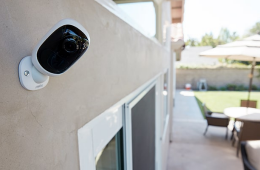 (2) Outdoor:
(2) Outdoor:
Off-Street Windows, Balcony & Garden
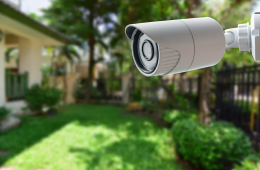
(3) Indoor:
Living Room, Baby Room & Corridor
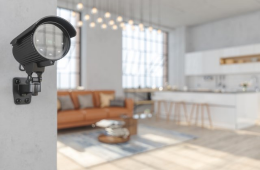
-
Where to Place Security Cameras for Office Block?
Office is a place we spend 1/3 of day. As many people come in and out, it’s necessary to deploy security cameras for office block.
There are 3 common places:
(1) Main Entrance & Exit
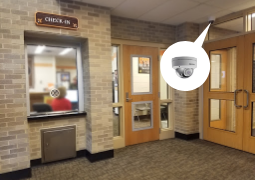
(2) Outdoor: Parking Lot Entrance
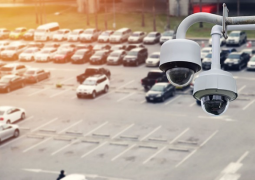
(3) Indoor: Reception, Elevator, Public Area, Lobby, CCTV center
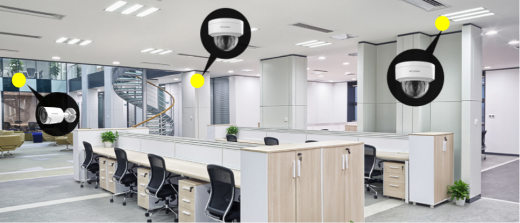
-
What are the Hot Camera Types and Key Features?
(1) Camera Types
There are three main types of cameras available for installation today. They are known as the Dome, Turret (Eyeball) and Bullet. Choosing the right one should be based on the individual scenario and environment requirements. Here are how dome, bullet and turret cameras compare with one another in major purchase consideration categories.
| Type | Dome | Turret | Bullet |
| Appearance |  |
 |
 |
| Overview | The Dome camera is the most common type of camera that you are likely to see in modern installations. It has a cover so harder to damage – commonly used in areas that are reachable. | The Turret or ‘Eyeball’ camera offers the same high-quality imagery of the dome but without the pitfalls caused by the glass housing. It’s basically a ball in a socket, so it has a full range of motion. | The Bullet camera is more popular for commercial and rural installations where lighting is poor. With its shape and size, the body can house large zoom capabilities and extended IR. |
| Pros |
|
|
|
| Cons |
|
|
|
(2) Key Features
– High-Resolution
Mainstream CCTV manufacturers provide resolution options from 1080P to 4K. No matter how you use your surveillance system, the quality of the video should be a top consideration. To capture the best level of detail with the camera, it’s advisable to choose higher resolution cameras – 4 megapixels (2K) or higher.
– View Angle (Field of View)
The viewing angle will determine where you position the cameras and exactly how much they can see at a time. A camera with a narrower field of view will capture less, but it also offers greater detail, as it will appear closer to the subject. You can choose based on what you want to monitor and where you will place the camera.
– Low-light or infrared mode
Low-light cameras use image intensifiers to amplify very small amounts of ambient (visible) light and create a significantly brighter image with discernible details. If you own or manage a large building like a grocery store or office, you can save money on your electric bill by installing this kind of camera – no more needs on lights 24/7.
– WDR (Wide Dynamic Range)
When part of an image is extremely dark but another part is bright, you can’t see any details in the dark area without WDR (wide dynamic range) in the camera. So when choosing the cameras for entrances or near windows, make sure the camera has the WDR feature.
– Motion sensing
If you want to record any suspicious activity that may go on while the camera is active, motion sensing is important. With motion sensing, you can pause recording until something moves in the frame. You can also receive alerts on your computer or phone if something moves when it shouldn’t.
– Weather Resistance
Surveillance cameras have to prove reliable both indoors and outdoors. However, for outdoor cameras that are constantly exposed to the elements, weather-resistant features of the security camera systems are a must. This ensures that the cameras are protected against adverse weather elements and able to provide quality images and video footage at all times.
-
How to Manage Your Own CCTV system?
Manage a CCTV system could be complicated and time consuming. Integrating your CCTV system into the existing network is a more sensible choice.
Video feeds from IP cameras can be monitored from remote sites. Additionally, the feeds can be transmitted across the Internet to locations outside the business. The feeds can also be viewed upon multiple displays or devices simultaneously.
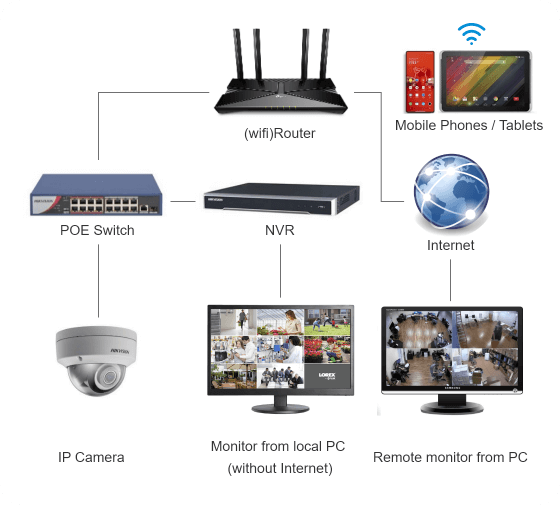
Explore Surveillance Products:
Related Topics:
→ 5 Tips to Choose the Best IP Camera
→ Buyer Guide: Hikvision IP Cameras vs. Dahua IP Cameras
→ An article Tells You RTSP Formats of Hot Brands Network Cameras
→ 3 Differences of Bullet Cameras, Dome Cameras and Turret Cameras





